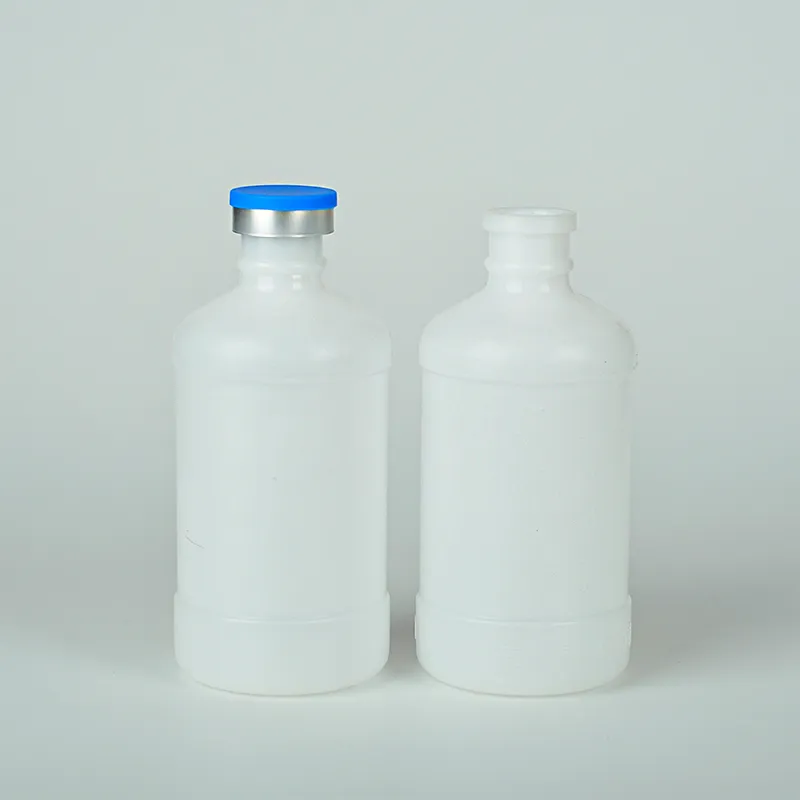Plastic Liquid Medicine Containers for Safe and Convenient Storage Solutions
The Evolution and Impact of Plastic Liquid Medicine Bottles
In the ever-evolving landscape of pharmaceuticals, packaging plays a crucial role in the preservation and distribution of medicines. Among the various materials used for this purpose, plastic has emerged as a dominant choice, particularly for liquid medicine bottles. The transition from glass to plastic packaging has transformed both the pharmaceutical industry and consumer experience, offering multiple advantages and addressing numerous challenges.
Historically, liquid medicines were primarily stored in glass bottles. While glass offers excellent barrier properties and is chemically inert, it also comes with significant drawbacks, particularly in terms of weight and fragility. The portability of glass bottles is limited, as they can easily break during transportation or handling. To mitigate these issues, the industry began exploring alternative materials, leading to the rise of plastic bottles.
Plastic liquid medicine bottles are typically made from materials such as polyethylene (PE), polypropylene (PP), or polyvinyl chloride (PVC). Each of these plastics has unique properties that make them suitable for pharmaceutical packaging. For instance, polyethylene is known for its flexibility and moisture barrier capabilities, while polypropylene offers higher resistance to heat and chemicals. PVC, on the other hand, is often used for its clarity and rigidity. The choice of material often depends on the specific requirements of the medication, including its stability and the conditions it must withstand during storage and transport.
One of the most significant advantages of plastic bottles is their lightweight nature. This feature not only reduces shipping costs but also minimizes the carbon footprint associated with transportation. Furthermore, the impact resistance of plastic significantly lowers the risk of breakage compared to glass containers. As a result, healthcare providers and pharmacies prefer using plastic bottles, leading to enhanced safety in handling and reduced waste due to breakage.
plastic liquid medicine bottles

Sustainability has become an increasingly critical consideration in packaging choices. As awareness of environmental issues grows, manufacturers of plastic medicine bottles are actively working towards creating more eco-friendly materials. Many companies are investing in research to develop biodegradable plastics and implementing recycling programs to reduce plastic waste. Additionally, some pharmaceutical companies are adopting refillable or reusable bottles, promoting a circular economy model within the industry.
Consumer convenience is another paramount aspect of plastic liquid medicine bottles. They are often designed with user-friendly features, such as child-resistant caps and easy-to-handle shapes. The lightweight nature of these bottles makes them easier for patients, especially the elderly and those with mobility issues, to manage their medications. Many plastic bottles also incorporate measurement markings to facilitate accurate dosing, further enhancing adherence to prescribed treatment regimens.
Despite the numerous advantages, the use of plastic in medicine bottles also raises concerns, particularly related to chemical leaching and its potential effects on drug stability. Some plastics can interact with the pharmaceutical compounds they contain, leading to compromised efficacy or safety. To address these issues, manufacturers are required to adhere to strict regulatory guidelines to ensure that plastic packaging materials are safe for pharmaceutical use.
As we look to the future, the role of plastic liquid medicine bottles will undoubtedly continue to evolve. Innovations in material science and engineering will likely lead to the development of smarter packaging solutions that enhance drug delivery and patient compliance. Technologies such as embedded sensors could monitor medication conditions and provide real-time feedback to both patients and healthcare professionals.
In conclusion, plastic liquid medicine bottles represent a significant advancement in pharmaceutical packaging. Their evolution has addressed many challenges faced by traditional glass containers, providing numerous benefits to manufacturers, healthcare providers, and patients alike. As the industry continues to prioritize sustainability and safety, the future of plastic medicine bottles appears bright, promising continued improvements that will ultimately enhance patient care and medication management.
-
Aesthetic Makeup Spray Bottles | Fine Mist Empty RefillableNewsAug.19,2025
-
White Plastic Veterinary Vaccine Vials | Lab Liquid BottlesNewsAug.18,2025
-
Plastic Medicine Liquid Bottle: Secure Flip Top Drug VialsNewsAug.17,2025
-
Durable 250ml Blue Plastic Vaccine Vial for Lab & Vet UseNewsAug.16,2025
-
Sterile Virus Sample Tubes: Secure & Reliable Specimen CollectionNewsAug.15,2025
-
White 250ml Plastic Vaccine Vial for Lab & Vet MedicineNewsAug.14,2025
























